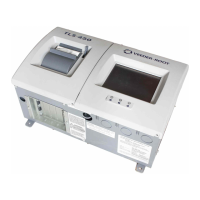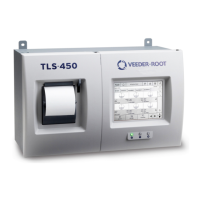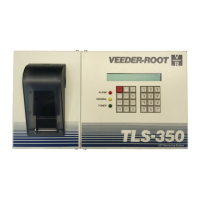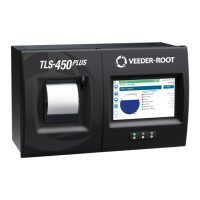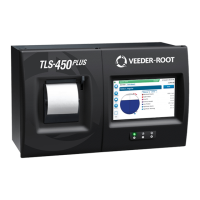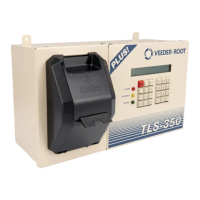6 Diagnostics Page: 36 Tank Test Provides information and diagnostic reports for environmental tank tests.
PLLD Offers access to PLLD manual tests and diagnostic reports for line leak detection.
Meter Details meter events, mapping, and manual mapping diagnostics.
Reconciliation Lists causes for reconciliation events and reports metered sales/variance.
Probe Contains diagnostics and information about probes, with troubleshooting in Section 8.
Sensors Provides diagnostic reports for various sensor types.
Mag Sensor Offers reports on the activity and condition of Mag Sensors.
AccuChart II Provides instructions and comparisons for AccuChart II calibration data.
Module Lists console module locations, hardware/software details, and assignments.
About Displays console software version and installed feature information.
6 Diagnostics Page: 36 Tank Test Provides information and diagnostic reports for environmental tank tests.
PLLD Offers access to PLLD manual tests and diagnostic reports for line leak detection.
Meter Details meter events, mapping, and manual mapping diagnostics.
Reconciliation Lists causes for reconciliation events and reports metered sales/variance.
Probe Contains diagnostics and information about probes, with troubleshooting in Section 8.
Sensors Provides diagnostic reports for various sensor types.
Mag Sensor Offers reports on the activity and condition of Mag Sensors.
AccuChart II Provides instructions and comparisons for AccuChart II calibration data.
Module Lists console module locations, hardware/software details, and assignments.
About Displays console software version and installed feature information.
